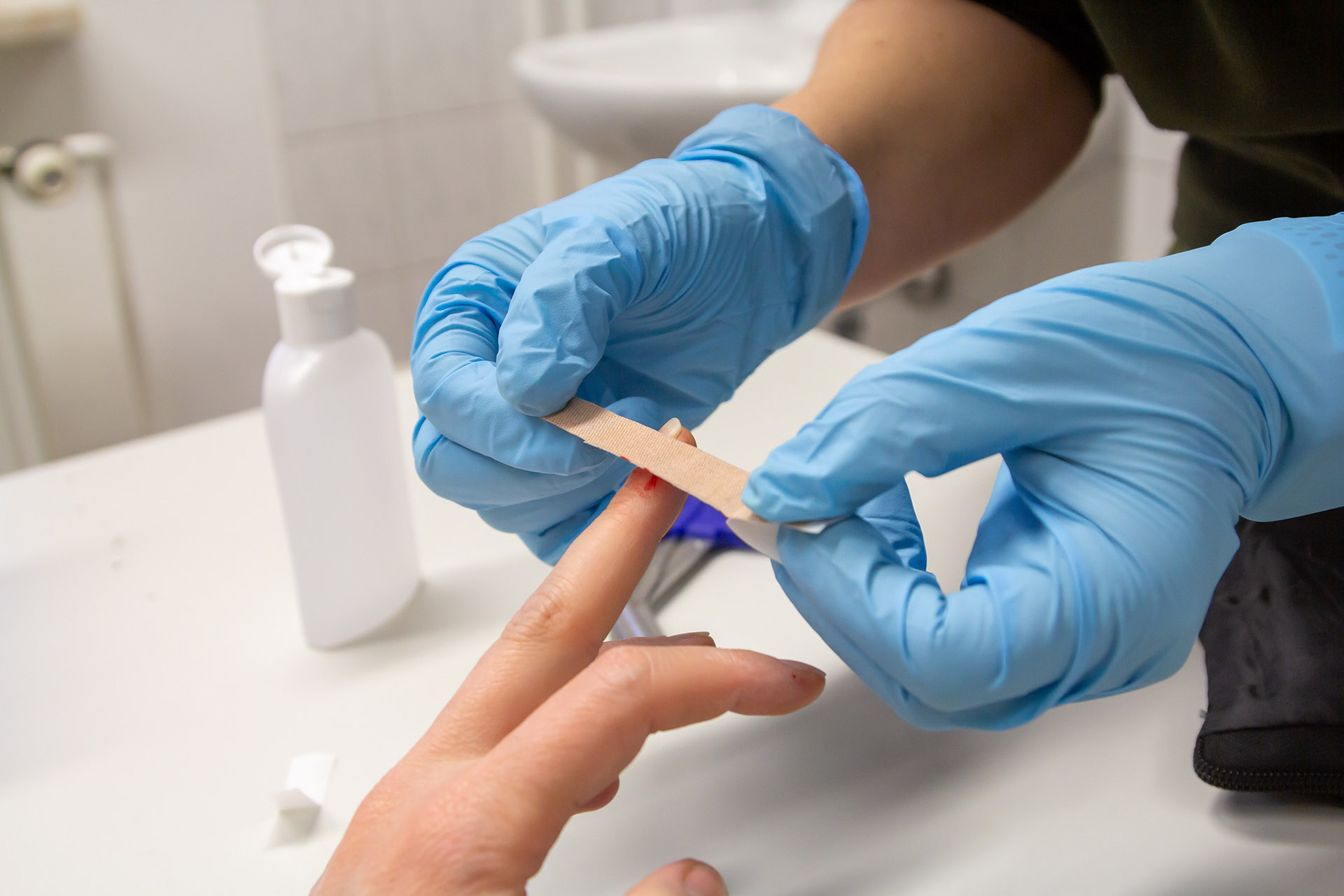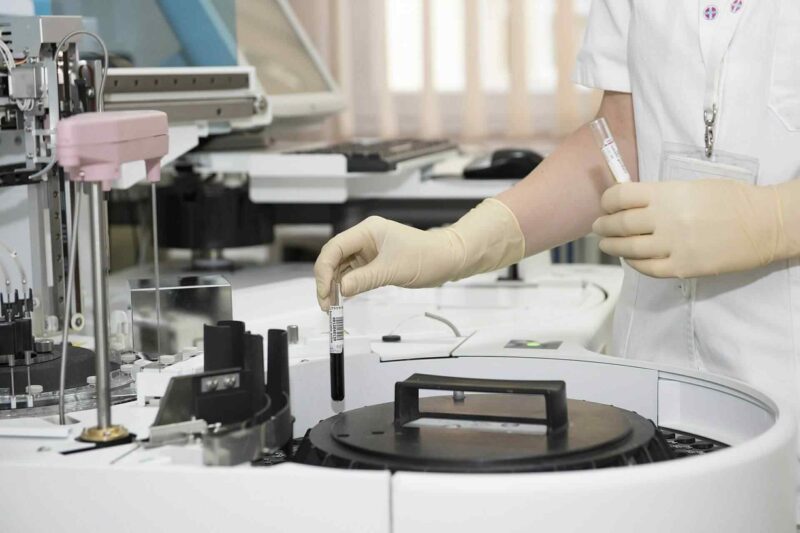Bloodborne Pathogen Certification is a crucial requirement for those working in medical, dental or other health-related fields. It is important to understand what it takes to obtain this certification and how long the process can take.
In this article, we will explore the various steps involved in obtaining Bloodborne Pathogen Certification, from studying for the exam to submitting your application and receiving your certification card. Well also look at factors that may affect how long it takes you to get certified so you can plan accordingly.
The Process of Obtaining Bloodborne Pathogen Certification
Obtaining a Bloodborne Pathogen Certification is an important step for those working in healthcare. The process of obtaining a certification can vary greatly depending on the specific requirements and regulations associated with each state or region, but there are some general steps that everyone must take in order to become certified.
First, applicants must complete a course approved by their local health department or occupational safety office which covers basic facts about bloodborne pathogens and safety protocols related to them. After completing the course, applicants will need to pass an exam demonstrating their understanding of the topics covered during training.
Following successful completion of this initial step, they may be required to submit additional paperwork such as proof of identity or work history before being awarded certification. Finally, once all necessary documentation has been submitted and reviewed by the certifying agency, applicants will be officially recognized as having achieved Bloodborne Pathogen Certification status.
Although time frames for obtaining certification can vary significantly from one situation to another due to varying criteria set forth by different states and regions, most people are able to obtain their certificate within six weeks or less after beginning the process.
Understanding the Time Commitment for Certification

Getting a Bloodborne Pathogen Certification requires an understanding of the time commitment involved. Depending on your level of knowledge and experience, it can take anywhere from several hours to several weeks to obtain certification.
For those with no prior medical or safety training, the process may be longer since you must first complete a course that covers relevant topics such as identifying hazards, controlling exposure risks, and proper clean-up procedures. Such courses typically last between 8-16 hours plus any additional exams required for completion.
Those with some background in medical or safety training may have access to accelerated programs or refresher courses which can reduce the amount of time needed for certification by covering only the most pertinent subject matter. In these cases, total preparation time could be just a few days depending on each individual’s learning speed and comprehension skills. It is also important to factor in paperwork processing times when considering how long it will take you to get certified; if applicable fees are not paid promptly then approval delays may occur which could add extra days onto the process overall.
Additionally, certain professional organizations offer online certifications while others require physical attendance at workshops so be sure to research this before setting out upon your journey towards obtaining Bloodborne Pathogen Certification!
What to Consider When Applying for Bloodborne Pathogen Certification
When applying for bloodborne pathogen certification, there are several important things to consider. First, it’s essential to get an up-to-date understanding of the diseases and pathogens that you may be exposed to in your work environment.
This will help ensure that you have the necessary knowledge and safety awareness when working with individuals who might be infected. It is also important to understand what type of training and instruction is required for certification.
Depending on the setting, this can involve courses or seminars lasting anywhere from a few hours to multiple days. In addition, it’s critical to know whether any additional certifications or qualifications are needed beyond bloodborne pathogen certification—for example, first aid/CPR classes—in order to practice safely in certain settings such as healthcare facilities or educational institutions.
Finally, research should be done into different organizations offering bloodborne pathogen certifications so that applicants can choose one that meets their needs best.
Conclusion
Getting a Bloodborne Pathogen (BBP) Certification is an important step for anyone in the medical field. The certification process typically takes 2-4 hours, depending on the provider.
During this period of time, individuals must complete a training course that covers topics such as universal precautions, mode of transmission and exposure control plans. After successful completion of the course, participants must pass an open book exam to receive their BBP Certification.
With proper preparation and dedication, obtaining your BBP Certification does not have to be difficult or overwhelming; it can be accomplished quickly and easily with the right guidance.


